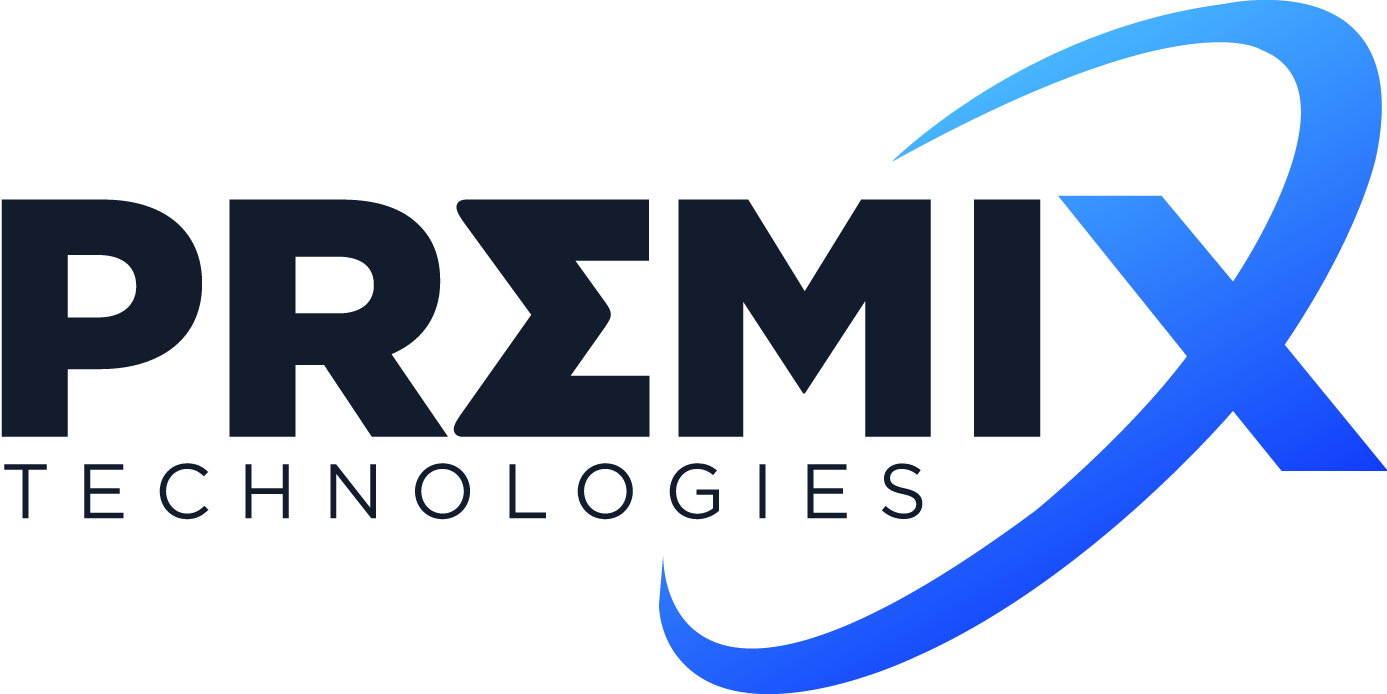Food & Beverage Industries
In the food industry, agitators, also known as mixers or mixing equipment, are widely used to process and manufacture various food products. These devices are designed to blend, emulsify, homogenize, and mix different ingredients, ensuring uniformity and consistency in the final food products. Here are the details about the use of agitators in the food industry:
Mixing and Blending:
Agitators are extensively used for mixing and blending various food ingredients such as liquids, powders, and granules. This process ensures a consistent distribution of flavors, colors, and textures in the final product. Different types of agitators, such as paddle, ribbon, and planetary mixers, are employed based on the viscosity and characteristics of the food being mixed.
Emulsification and Homogenization:
Agitators are crucial in creating stable emulsions and homogeneous mixtures in products like salad dressings, sauces, mayonnaise, and dairy products. High-speed agitators, such as high-shear mixers or emulsifiers, are used to break down and disperse immiscible liquids, ensuring a uniform and stable product.

Heating and Cooling:
Agitators are often integrated into cooking vessels and kettles to maintain a uniform temperature throughout the food product during heating or cooling processes. Steam jackets or direct steam injection may be used in agitator-equipped vessels for efficient and controlled heat transfer.
Fermentation:
In the production of fermented food products like yogurt, cheese, and sourdough bread, agitators play a role in ensuring consistent mixing of ingredients and promoting fermentation.
Dough Mixing:
Agitators are widely used in the bakery industry to mix and knead dough for products such as bread, pastries, and cookies. Planetary mixers and spiral mixers are commonly employed for this purpose.
Powder Dispersion:
Agitators are used to disperse and dissolve powdered ingredients, such as cocoa, sugar, and stabilizers, into liquids. This is common in the preparation of beverages, syrups, and powdered drink mixes.
Liquid-to-Liquid Blending:
Agitators facilitate the blending of liquid ingredients with different viscosities or densities. This process is critical in producing beverages, soups, and sauces.
Vacuum Mixing:
In some cases, agitators are used in vacuum mixers to remove air from the mixture during the blending process. This is essential to prevent oxidation and maintain the product's quality.
Cleaning and Sanitization:
Agitators used in the food industry need to be designed for easy cleaning and sanitization to prevent cross-contamination and maintain food safety.
Quality Control:
The proper functioning of agitators is crucial for ensuring consistent product quality and preventing issues such as ingredient separation or poor texture. Regular checks and maintenance are conducted to verify the agitator's performance and ensure compliance with food safety standards.
Scale-Up and Production Efficiency:
Agitators used in the food industry must be scalable from small-scale R&D to large-scale production. Manufacturers consider factors such as vessel size, agitation speed, and power requirements to achieve consistent results at different scales.
Overall, agitators are indispensable in the food industry for achieving efficient and uniform mixing, emulsification, and homogenization of ingredients. They contribute to the production of a wide range of food products with consistent quality, taste, and texture, meeting consumer expectations and regulatory standards.

